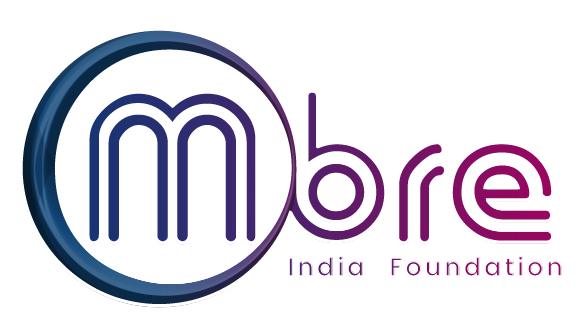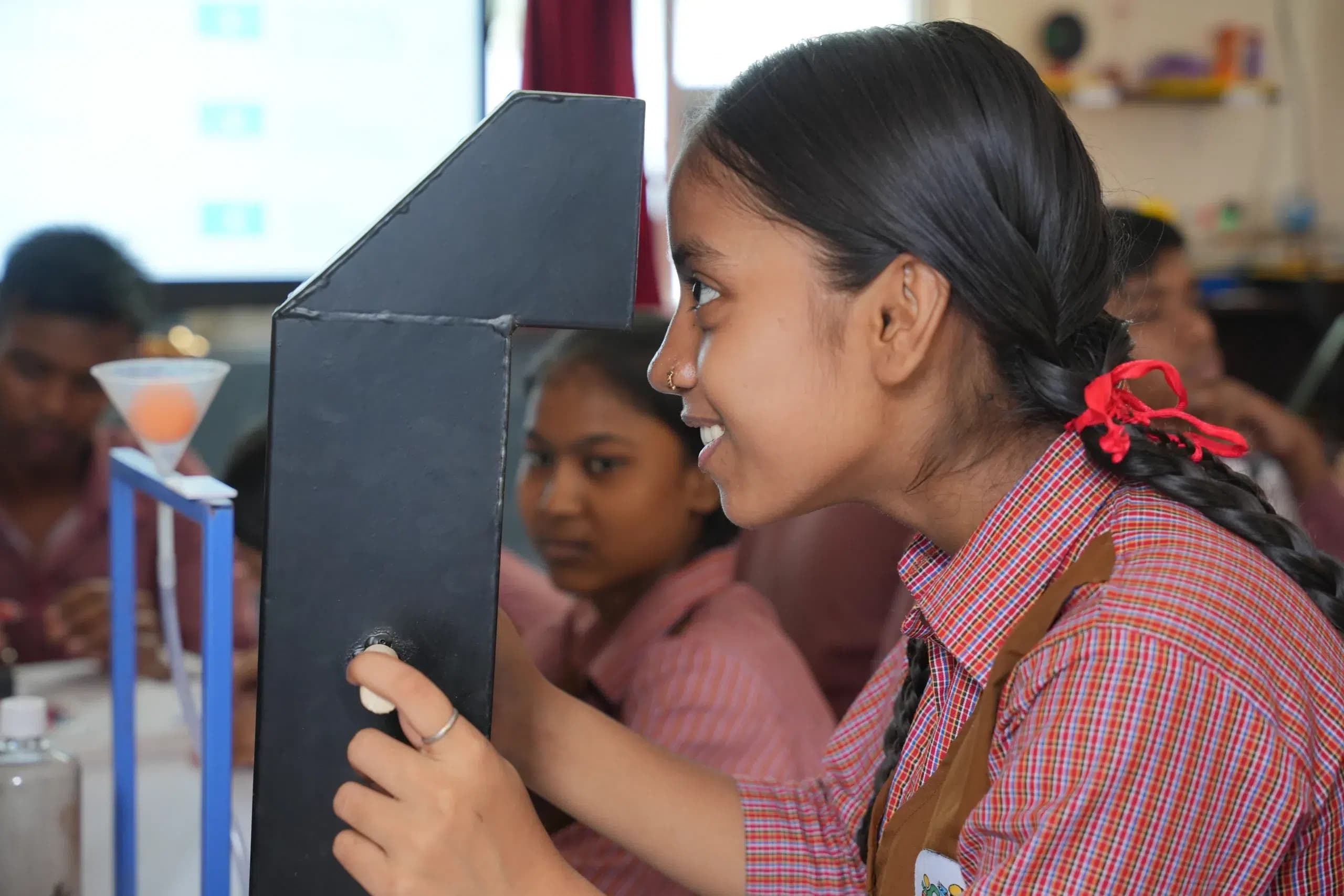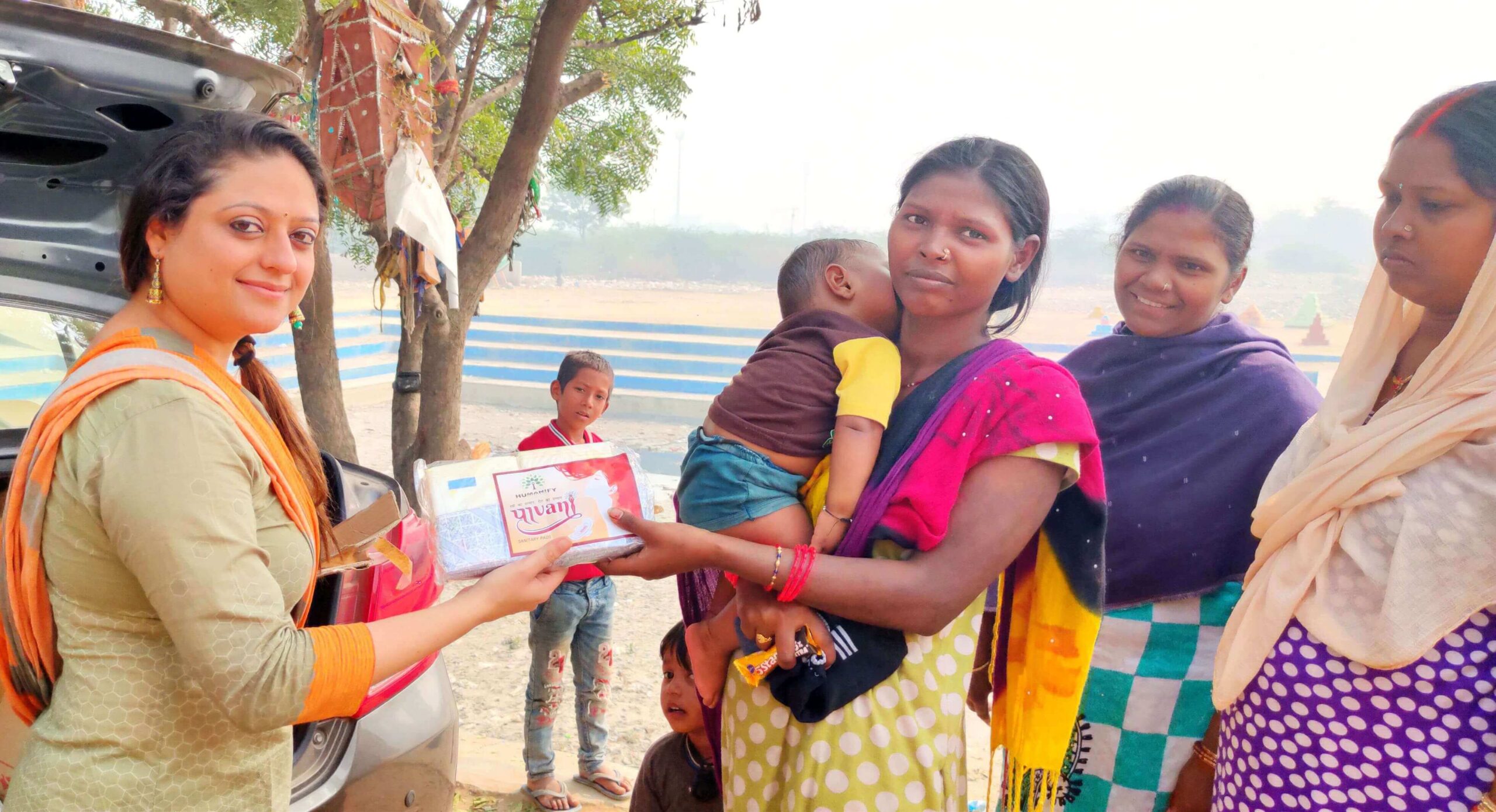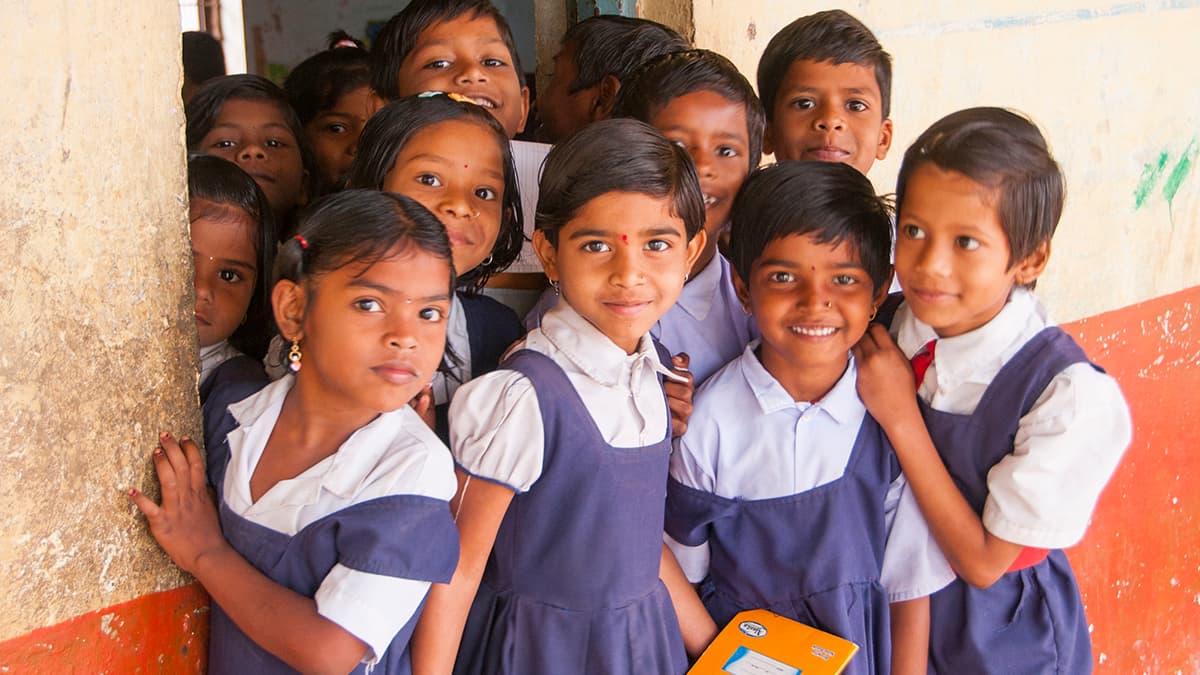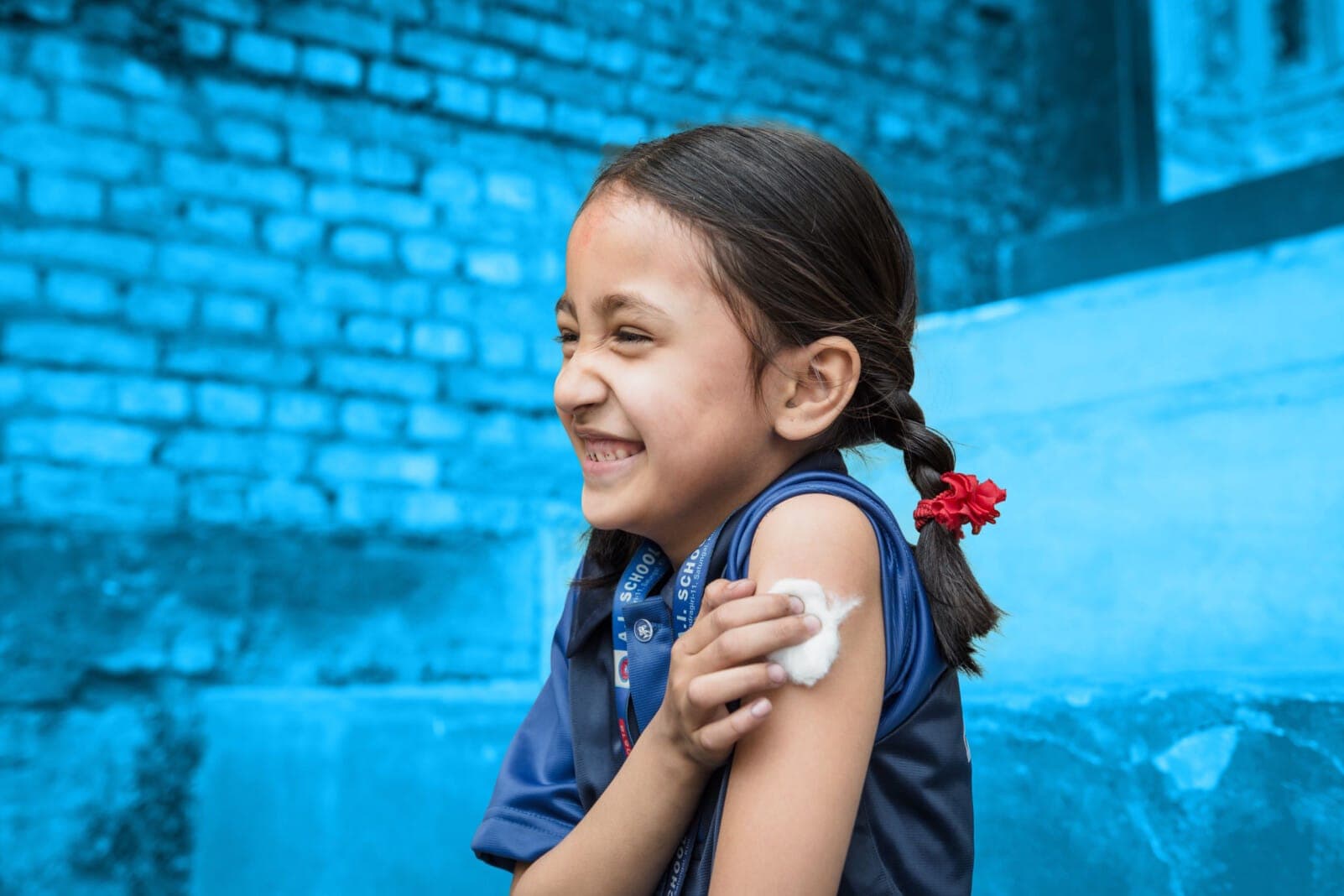Education is sometimes referred to as the passport to a better future — but for girls, this passport is withheld due to cultural practices and beliefs.
Progress has been made, but entrenched beliefs continue to hinder many from getting quality education. Not only is breaking these barriers about empowering girls, it’s about empowering whole families, communities, and countries.
Barriers That Limit Girls’ Access to Education
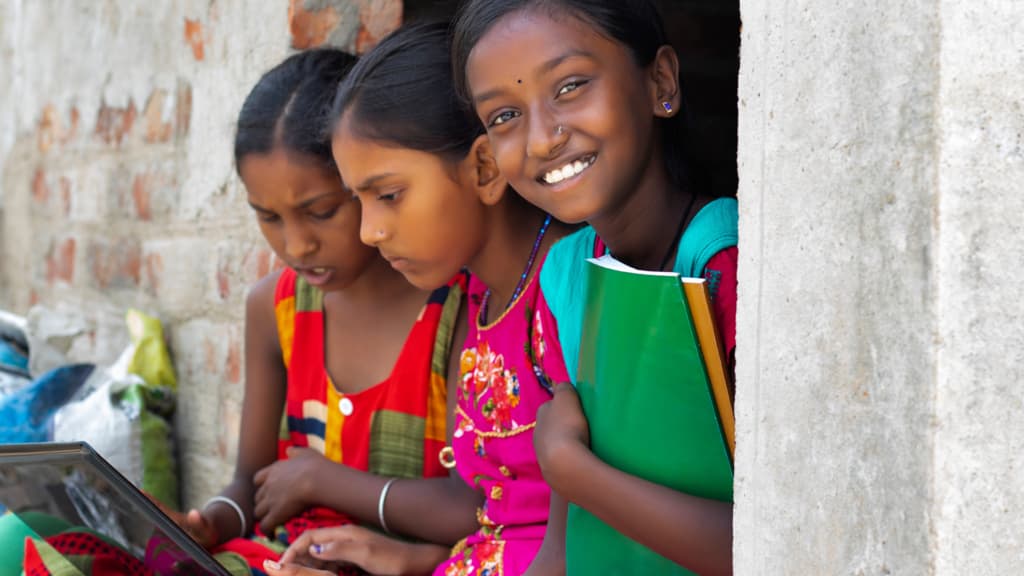
Despite progress, many cultural norms continue to discourage girls from pursuing education.
- Early Marriages: In some communities, girls are expected to marry young rather than continue their schooling. According to UNICEF, 1 in 5 girls worldwide is married before turning 18. Once married, education often stops.
- Domestic Responsibilities: Girls are often expected to cook, clean, and take care of siblings instead of attending school regularly.
- Safety Issues: Parents can be reluctant to send girls to school distant from home because they fear for their safety and harassment.
- Belief That “Education Is for Boys”: In patriarchal homes, boys are earmarked as future breadwinners, whereas girls are groomed for domestic duties. This perception squarely denies girls opportunities.
These barriers are not based on a deficit in talent or. capability but on deeply ingrained beliefs in culture. They must be broken by transforming the way society perceives the. value of a girl’s life and future.
Why Educating Girls Benefits Everyone
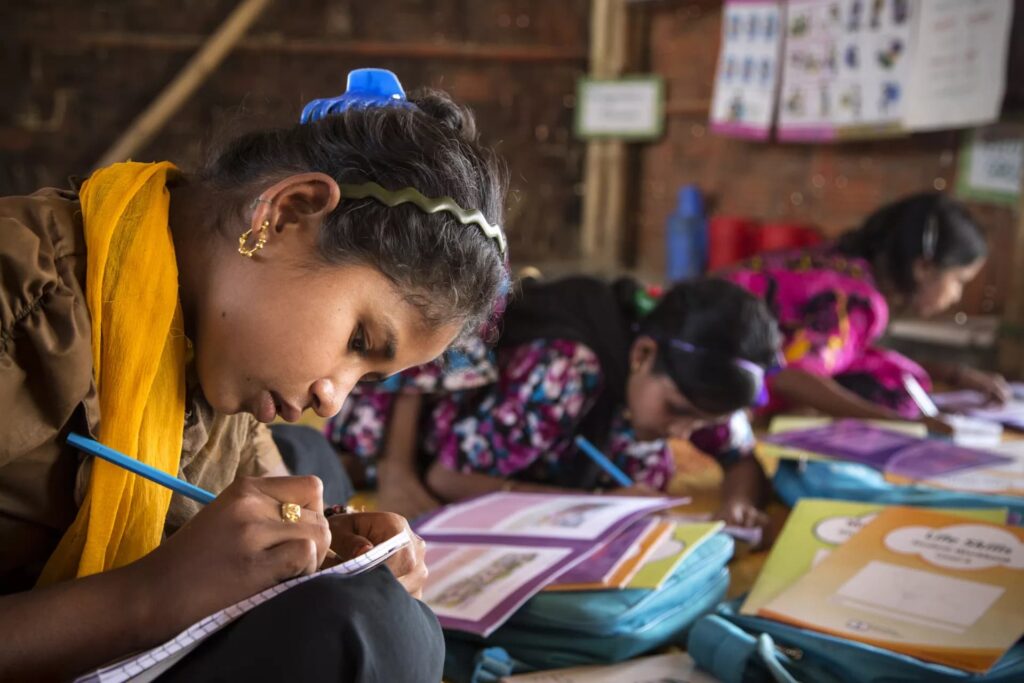
Educating girls is not merely a question of equity — it has ripple effects throughout entire communities and countries. Studies by the World Bank and UNESCO indicate tangible advantages:
- Economic Growth: Every extra year of education for a girl can raise her earnings by up to 20%. Well-educated women are more likely to be in the workforce, contributing to family and national economies.
- Healthier Families: Better-educated mothers are more likely to get their children vaccinated, well-fed, and educated themselves.
- Reduced Child Marriage: When girls remain in school, early marriage becomes less likely. This is a means of ending poverty cycles.
- Social Equality: Education enables girls to make decisions for themselves, dispute injustice, and play a role in decision-making within families and communities.
Simply put, when a girl is educated, all parties win — her family, community, and the next generation.
Stories of Change: Girls Who Overcame Challenges
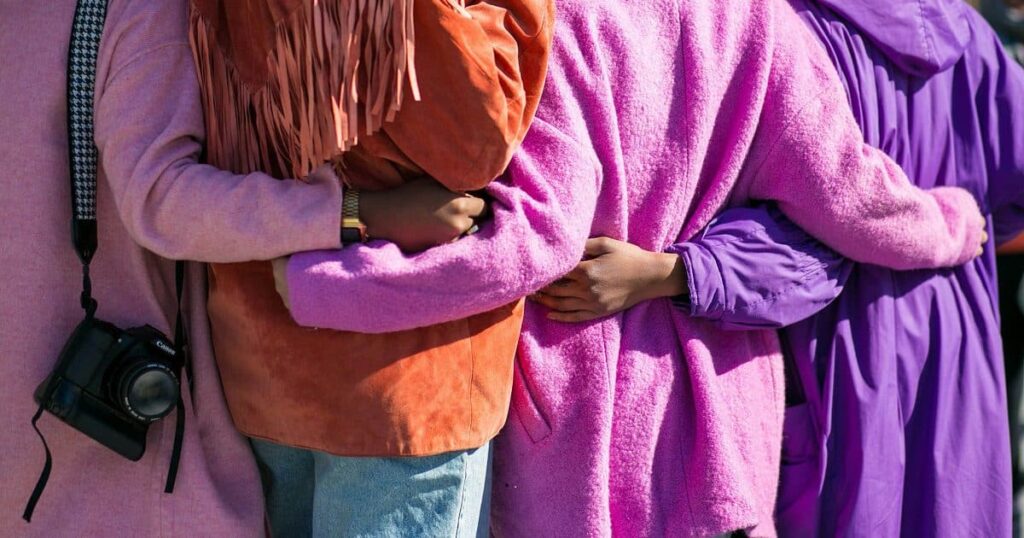
Behind each statistic is a true story of determination.
Consider the case of Malala Yousafzai, who was shot by extremists merely because she insisted on the right to education. Her experience turned into an international emblem of strength and ignited a crusade for girls’ education globally.
Closer to home, in rural Rajasthan, India, a young girl named Neha resisted cultural pressures to marry early. With the help of a local NGO, she remained in school, eventually becoming the first in her village to go to college. Now, she guides other girls to do the same.
These anecdotes prove that change is possible when support systems, communities, and families unite to defy long-held beliefs.
What Families and Communities Can Do
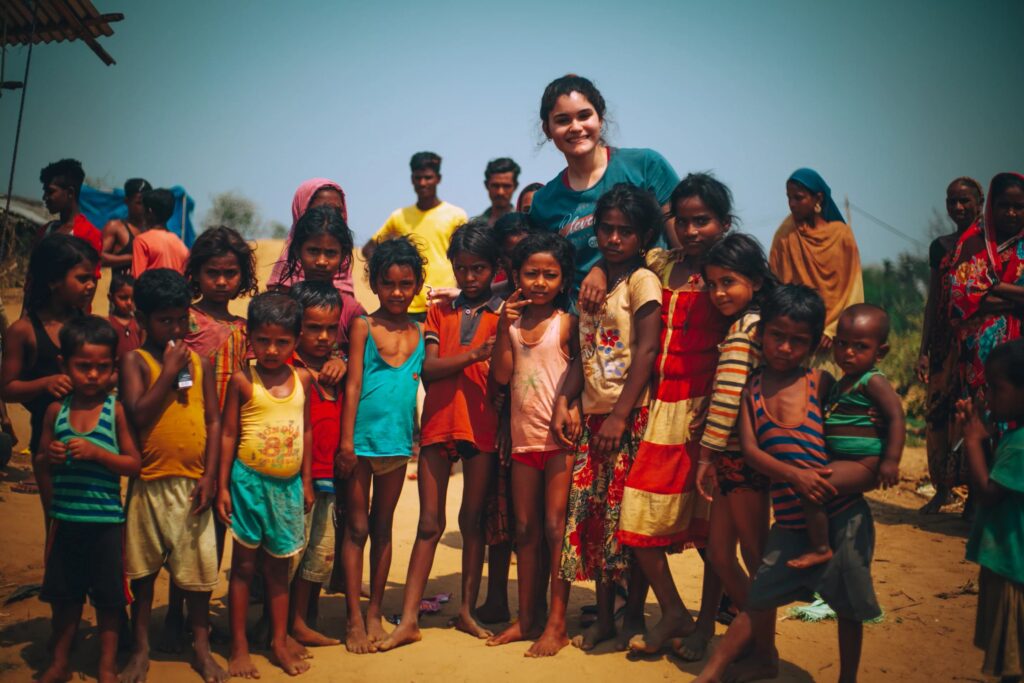
Dismantling cultural barriers begins at home. Families are the initial gatekeepers of education, and support from them can make all the difference. Here are things families and communities can do:
- Challenge traditional mindsets: Engage discussions within families on why it is important to educate girls, not just for them but for generations to come.
- Provide safe environments: Communities can collaborate to see that girls are safe to travel to school.
- Emulate role models: Emphasize stories of women from the community who went to school and made a difference.
- Share responsibilities: Reduce girls’ housework within the family so they have time to study.
When communities change their minds together, they make the environment where girls are not only permitted to study but also empowered to succeed.
The Way Forward: Building Equal Opportunities
Breaking cultural obstacles to girls’ education calls for systemic reform paired with grassroots mobilization. Governments need to implement laws against child marriage, make schools gender-sensitive, and offer scholarships to girls belonging to poor families. Concurrently, ordinary individuals — parents, teachers, local leaders — must continue pushing back against wrongful customs.
The path may be long, but the journey is sure. Each girl who enters a classroom is a step closer to equality, opportunity, and hope.
By breaking down cultural barriers, we are not only educating girls — we are creating a future in which every child, boy or girl, can fulfill his or her potential.
